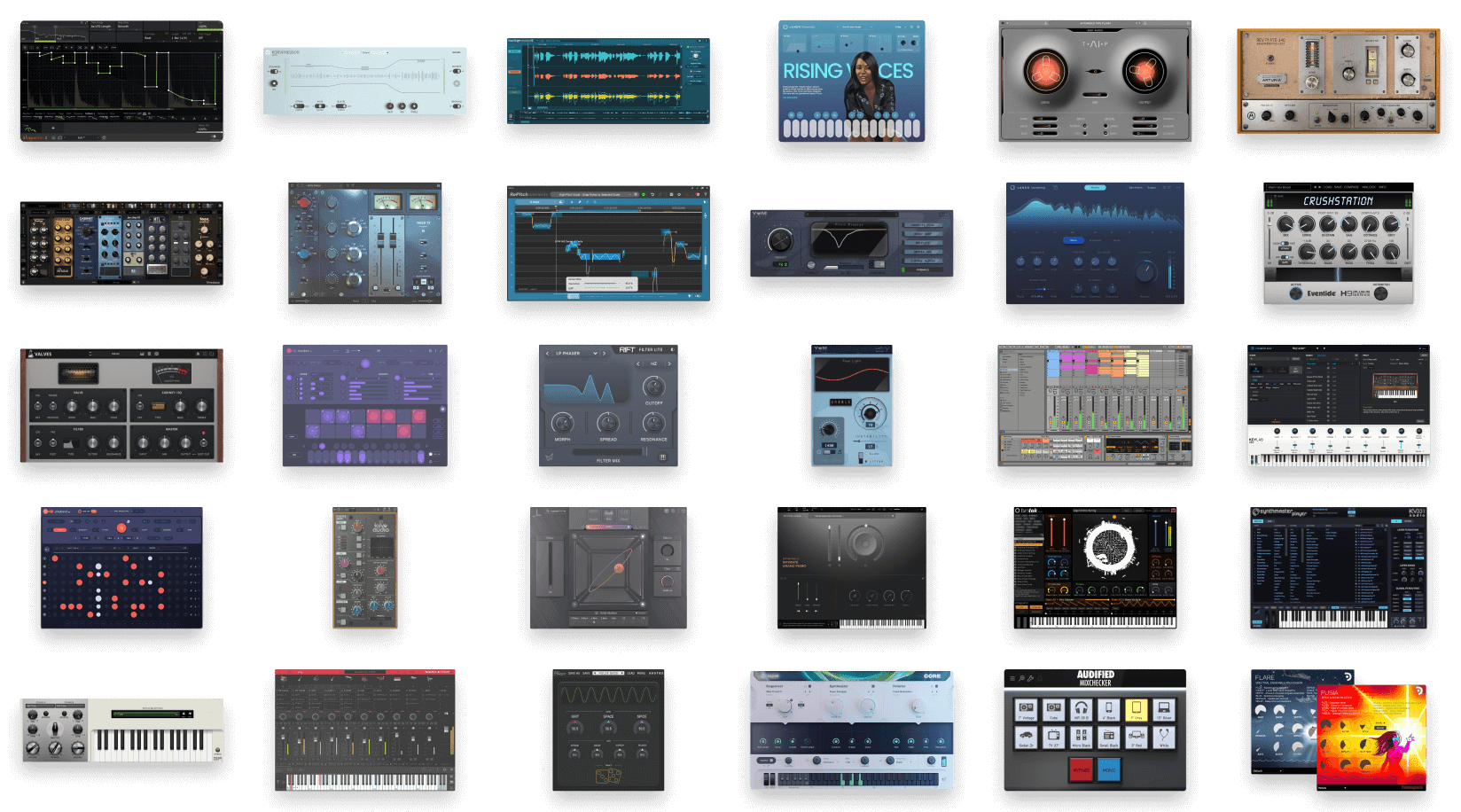Mixing vs. mastering
Understanding the final stages of music production
What’s the difference?
Mixing is focused on processing and balancing the individual elements of a song. It involves both technical and creative skills, involving a variety of effects and creative decisions.
The goal of mixing a song is to ensure all elements work together, creating a cohesive result and allowing each part to support the overall sound.
Mastering is done on the stereo file of the song instead of its individual tracks. It’s typically more technical in nature and uses a more limited range of effects processors.
The goal of mastering is to get music ready for distribution and give it a professional sound without changing its stylistic characteristics.
Hear the difference
Compare a mixdown and the final mastered version.
Mastered with LANDR
Who does mixing and mastering?
Mixing a song can be done entirely by the artist or with the involvement of a mixing engineer.
Mastering is traditionally handled by a mastering engineer, but with intelligent mastering tools like LANDR, artists can easily master their tracks themselves, avoiding the high costs of professional mastering services.
Why do them separately?
Focused attention
Mixing allows full focus on balancing individual tracks, while mastering focuses on perfecting the final sound. This separation ensures each stage is handled with precision.
Committing to your tracks
By finalizing mixing decisions before mastering, you avoid endless tweaking to the mixdown and can commit to your decisions, making the mastering process efficient and goal-oriented.
Referencing & comparison
Because the mastering process is more streamlined than the mixing process, it’s easier and more practical to make multiple masters that can be compared with one another.
Fresh perspective
Separating the two processes allows time to pass between production and finalization, allowing the artist or engineer to revisit the track with fresh ears for better decision-making.
The mixing process
Recording & sound selection
Be sure to learn proper microphone technique and use high-quality samples. This will help to ensure that you’re starting with good source material, and it can make all the difference during the mixing process.
Levels & gain
Adjust the volume levels of individual tracks to ensure that they all support each other rather than compete for clarity and attention. Avoid making your individual tracks too loud.
Panning
Adjust the positions of your sounds and instruments in the stereo field (left, right, and center). You can do this for creative effect, to give your mix a more immersive feel, or to prevent sounds from conflicting with each other.
EQ (equalization)
Use EQ to adjust the levels of important frequency ranges. Cut unnecessary low or high frequencies and make sure each instrument stands out without clashing with others.
Compression & limiting
Use these effects to control the dynamics and transients of your sounds, either to emphasize certain elements for greater punch or soften them to help them sit better in the mix.
Reverb & delay
Add reverb and delay to create depth and space in your mix, but avoid using them excessively. They can lead to a loss of clarity and buildup of unnecessary frequency content.
Automation
Automate volume, panning, or effects parameters throughout the song to add a more dynamic sense of movement and emphasis over time. You can do this by using your DAW’s automation lanes.
Referencing
Listen to tracks made in the same genre and with the mixdown style you’re going for. Compare your mixdown with theirs to aim for the right clarity, impact, and quality.
Exporting your mixdown
Once you’re happy with your mixdown, export it as a stereo WAV file at the same sampling rate and bit depth that you produced your song in (should be at least 44.1kHz and 24bit). Then it’s time for the mastering stage.
For a more detailed step-by-step, check out our full guide!
The mastering process
EQ
Boost or reduce frequency content to address problems or make improvements that were missed during the mixing stage. This will create more balanced and pleasing results while accounting for different speaker types.
Compressors & limiters
Enhance the overall definition and impact of the song or tame harsh transients to soften them. Limiting will help to maximize perceived loudness without clipping the master.
Stereo processing
Use stereo effects tools like mid/side processors to control the overall stereo width of the song. A balance between space, depth, and clarity is essential here.
Character & enhancement
If it suits the genre of your music, use small amounts of specialized distortion and saturation effects to add harmonics to the song, increasing its perceived loudness and fullness.

